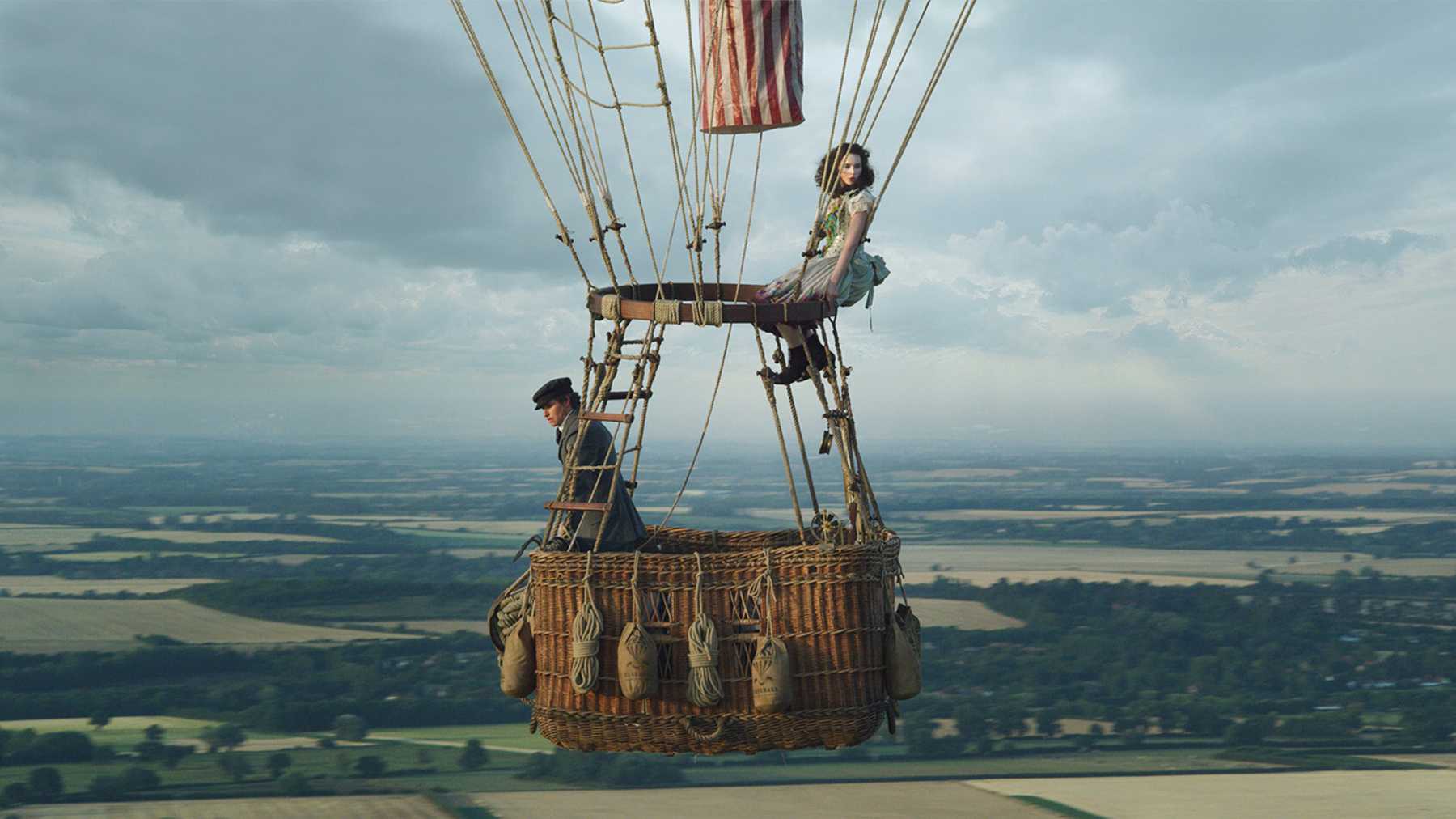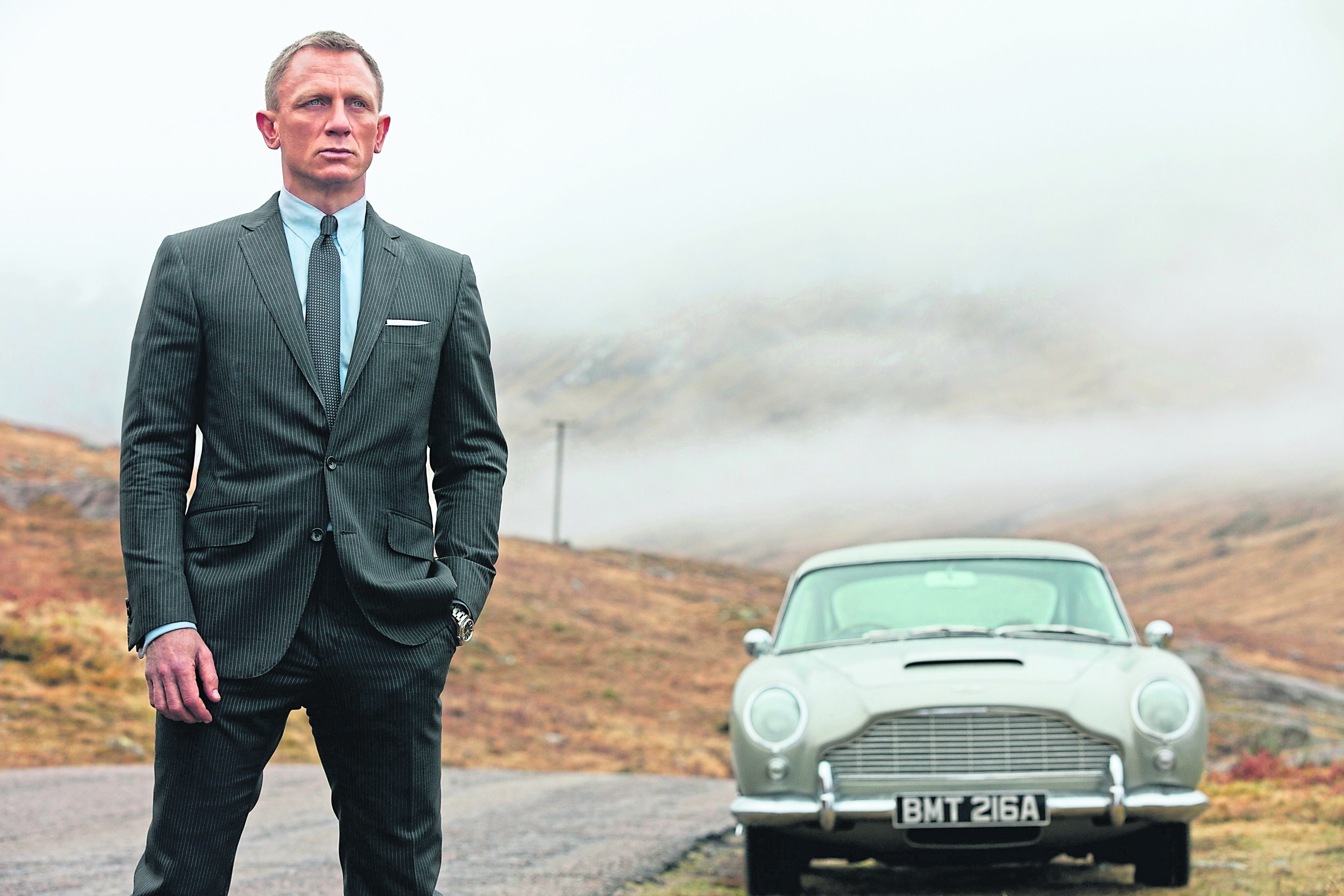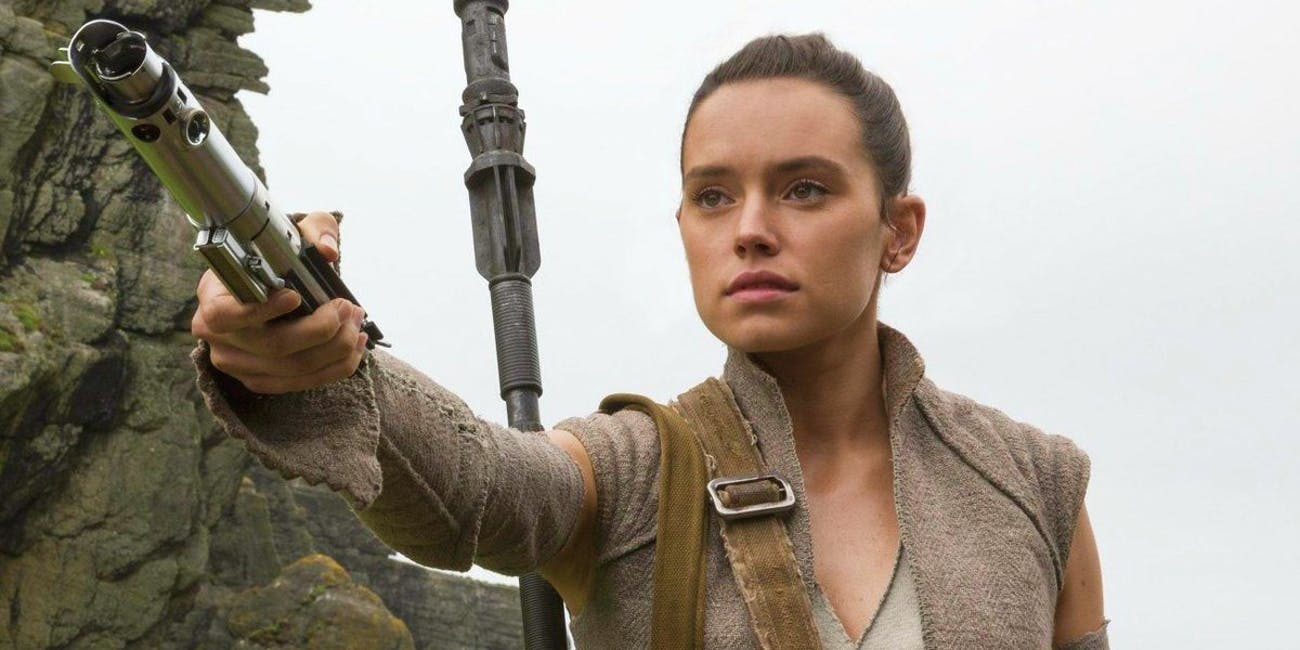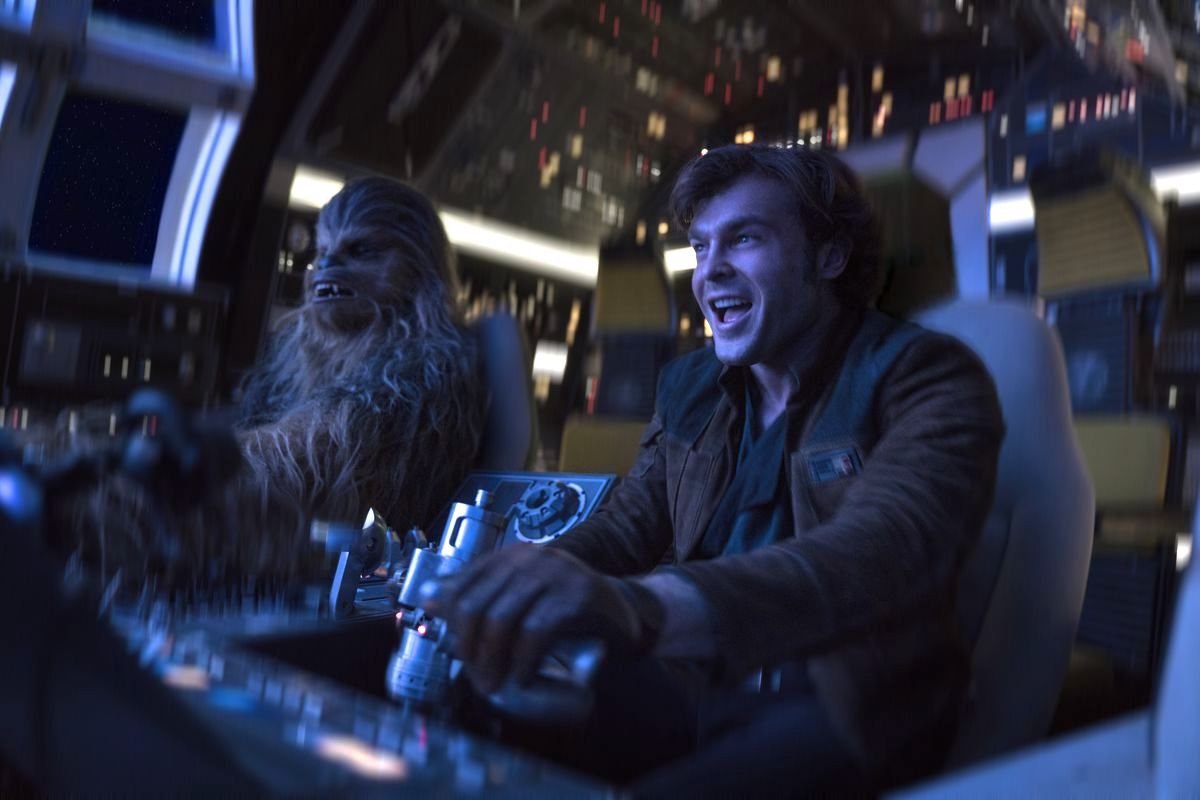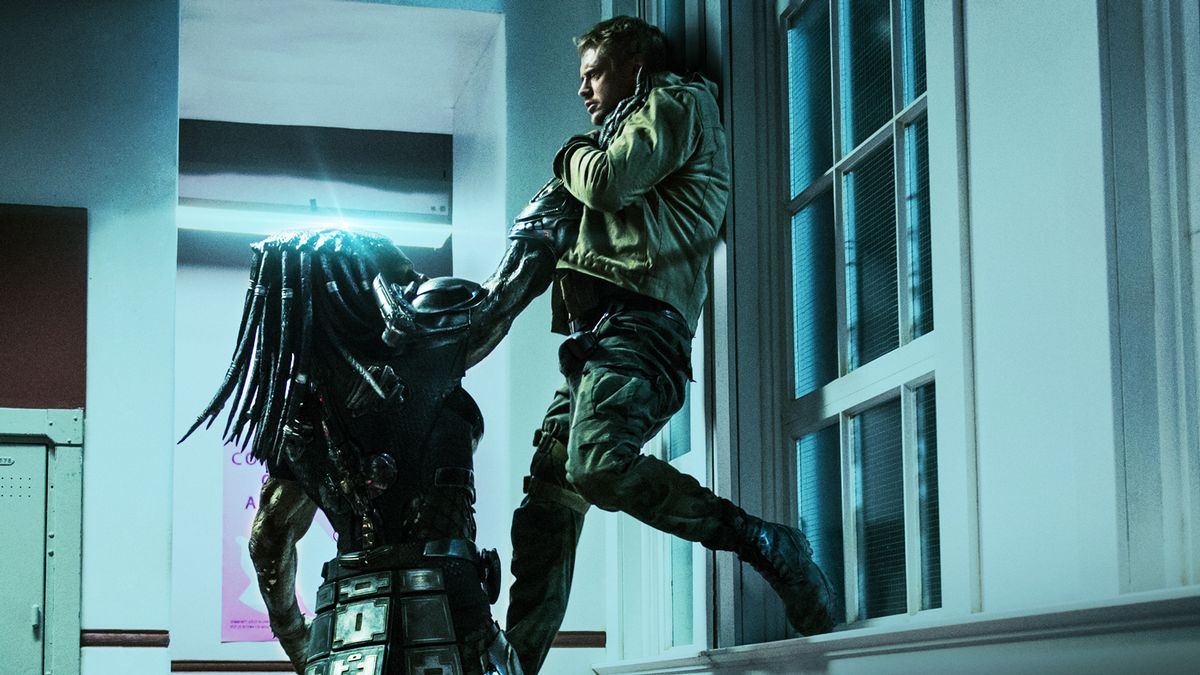
Spoiler warning: these reviews reveal plot twists.
There may be sidekicks, romantic interests and allies, but superhero movies tend to focus on a solitary lead character: Batman, Iron Man, Captain America, Wonder Woman, Howard the Duck, et al. The 2018 film Venom continues this trend as we follow disgraced journalist Eddie Brock, played by Tom Hardy, taking on the might of a nefarious Elon Musk-type businessman.
But there’s a twist. This is also a buddy movie akin to Lethal Weapon or Die Hard with a Vengeance, which features a bickering pair of polar-opposite characters. Eddie, you see, ends up sharing his body with a talkative, arrogant, pushy alien parasite – and what plays out is, essentially, a split-personality allegory as the two consciousnesses compete for control.
It’s a neat reversal of the trope. Instead of a standard superhero with two personas (Superman and Clark Kent, for example), here are two personalities in one body. And the fun comes from watching them clash… then ultimately find a way to work together. Perhaps aptly, the movie itself has a duality too. The central narrative focused on Eddie is an intriguing and entertaining X-Files episode, a sci-fi concept played with a light touch, but sadly this is woven into a rote and highlight-free plot that comes from a thousand B-movies.
Eddie Brock is a motorbike-riding, charm-bracelet-wearing investigative journalist in the 24-hour-news era. As well as exposing corruption in hyper-edited social-media clips, he has the everyman touch and forms easygoing bonds with security guards, shopkeepers and homeless people. In his private life, there’s also a romantic subplot going on with lawyer Anne (Michelle Williams).
Eddie’s latest scoop is an exclusive interview with Carlton Drake (Riz Ahmed), a youthful billionaire tech-genius who we’ve earlier seen snapping arrogantly at white-coated employees. Drake runs a bio-research lab called Life Foundation and is secretly pushing through scientific work based on some samples found on a comet. The samples contain sentient alien organisms that can leap from human to human, possessing each person in turn (an idea that won’t mentally stimulate anyone who’s ever seen *any* science fiction before). But Brock’s interview turns sour when he asks some pointed questions about Drake’s questionable ethics, and Drake responds by arranging to have him fired.
Sadly for Eddie, despite all his fame and notoriety, he can’t find any other job in the industry and six months later we find him unemployed, depressed and single. He restarts his investigation, however, when Drake’s lead research scientist turns whistleblower. Sneaking into the lab, Eddie encounters one of the alien samples – and is, predictably, infected. This is where the film, after a rather low-key first act, starts to come alive.
Unlike other infectees seen earlier, Eddie still retains awareness of what’s happening to him – and sometimes he’s in control. But Venom often takes over at will, morphing limbs and at times Eddie’s entire body into a creature made of a gelatinous black goo and who can bite the head off a henchmen. (Probably best not to think through this played-for-laughs moment. Does Eddie have to shit the head out later?!) The alien also talks to him in a bass-deep growl, which no other characters can hear. This stuff brings to mind another sci-fi film: 1987’s Innerspace, in which Dennis Quaid’s test pilot is shrunk down to the size of a flea and injected into Martin Short’s bloodstream. In both movies, the two characters clash like petulant schoolkids as the invader makes contact and attempts to explain to the bemused host what’s going on. The initial scenes of possession in Venom are fun, especially a chaotic run of gags in a fancy restaurant as Eddie embarrasses Anne and her new partner by climbing into a fish tank and eating live lobsters.
The voice of Venom is performed by Tom Hardy, who had form for playing two roles in the same film, having starred as both of the Kray twins in the 2015 gangster movie Legend. He’s terrific here – jittery, funny, committed, adding danger to otherwise formulaic scenes – and we can be thankful he is. At its heart, this movie has a really daft gimmick, but Hardy absolutely sells the madness. He’s almost Jack Nicholson-ish in his ability to undercut his good looks and action-movie physique with a wild-eyed craziness and sensitivity.
Elsewhere, things are not so enjoyable. The film is set in San Francisco (yup, the Golden Gate Bridge is seen in an early establishing shot) and the city’s famously up/down/up-again geography is used for several action sequences, as well as a couple of dramatic scenes played with actors standing on a road that is more or less at a 45-degree angle. However, this only means your mind wanders to other, better, movies that were made here (Vertigo, Bullitt, The Dead Pool, Sneakers, Mrs Doubtfire… coincidentally enough, Innerspace too).
Speaking of 45-degree angles, the film is amazingly off-balance and lopsided. Various elements don’t really work, as if the filmmakers hoped Hardy would be enough to keep things level on his own. The character of Anne is a scant, occasional presence and played by a talented actress going through the motions; it’s a third of the way into the story before Brock and Venom really interact; a rival alien parasite takes *literally months* to actually do anything (he eventually possesses Drake); the action tends towards generic CG nonsense (not helped by actors’ faces hardly ever appearing); and the human villain, Drake, is cartoon thin. This is a film with the stabilisers on: never allowed to be too scary, too funny, too film noir, too superhero-y.
But it must also be said that there’s an endearing sense of whimsy behind the blockbuster facade – a feeling that the film isn’t taking itself too seriously – and this is provided in large part by Hardy and his ability to lift the character of Eddie off the page. Maybe this movie-star charisma explains why the movie was such a success at the box office. It took a staggering $856 million, convincing studio Sony to continue with plans for both a sequel and a new shared-universe series of superhero movies.
Seven armless, legless, faceless things, going down the street like a turd in the wind out of 10




